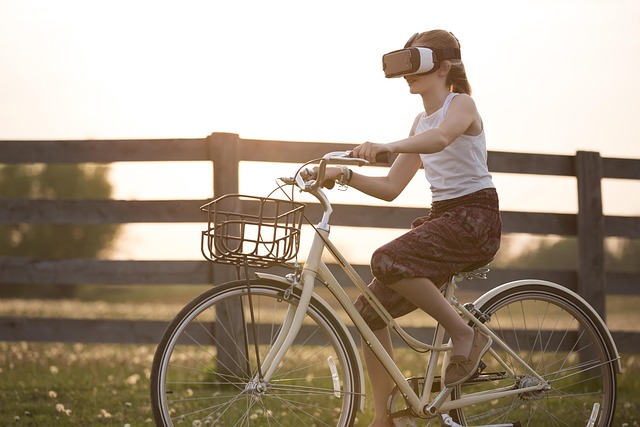Embracing the Future of Learning in the Virtual Classroom
The emergence of online education has transformed the way we perceive and engage with learning. The traditional classroom, with its desks and blackboards, is now complemented—and in some cases replaced—by the virtual classroom. This revolutionary approach not only breaks down geographical barriers but also invites a collaborative environment where knowledge building takes center stage.
Imagine accessing your favorite courses from anywhere in the world, engaging with expert instructors and fellow learners in real-time, all while sitting in the comfort of your home or at your favorite café. The virtual classroom promotes an unparalleled level of accessibility and flexibility, catering to diverse learning styles and schedules. This transformation has opened doors for individuals who may have found traditional settings intimidating or inconvenient, allowing them to thrive in an environment where they feel comfortable and inspired.
Fostering Collaboration and Engagement
One of the most remarkable aspects of a virtual classroom is the sense of community it can cultivate. Through live webinars, discussion forums, and interactive tools, learners are not just passive recipients of information; they become active participants in the knowledge-building process. This engagement helps to deepen understanding and retention of complex concepts, fostering a collaborative learning atmosphere that was often challenging in traditional classrooms.
Students can connect and collaborate with peers from various backgrounds, exchanging ideas and perspectives that enrich their learning experience. By breaking away from the limitations of a single geographic location, the virtual classroom integrates a multitude of viewpoints, making knowledge building an exciting, dynamic exchange.
The Role of Technology in Knowledge Building
Technological advancements play a significant role in shaping the landscape of online education. With tools like interactive whiteboards, video conferencing platforms, and engaging multimedia resources, educators can create immersive and stimulating learning environments that keep students invested and involved. This technological integration not only enhances the overall learning experience but also equips learners with essential digital skills that are crucial in today’s job market.
A big part of knowledge building is ensuring that learners can access the right resources. The virtual classroom provides a wealth of materials, from recorded lectures to e-books and research articles, all at the learners’ fingertips. This wealth of information empowers students to explore topics in depth at their own pace, fostering a culture of independent inquiry and lifelong learning.
Overcoming Challenges with Innovation
While there are undeniable advantages to online education, challenges such as screen fatigue and the lack of face-to-face interaction must be acknowledged. However, innovative teaching practices and dedicated platforms are continuously evolving to address these issues. Educators are adopting hybrid models, utilizing gamification to make learning more engaging, and leveraging community-building initiatives to help students feel connected.
The transition to a virtual classroom does not only signify a change in where we learn, but also how we learn. By incorporating innovative methods and cultivating a strong online community, we are actively redefining what it means to build knowledge in the digital age.
In this ever-evolving landscape of online education, the virtual classroom stands as a beacon of opportunity. It invites everyone, from the curious student to the seasoned professional, to take part in a transformative learning journey that transcends the conventional education experience.




